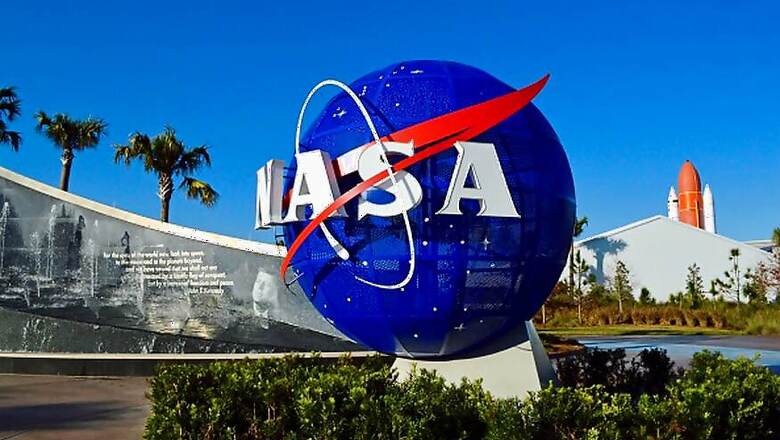
views
A NASA sounding rocket - launched to study the intergalactic medium pervading the dark voids between galaxies in our universe - failed to collect any data due to a possible glitch in its attitude control system. The Dual-channel Extreme Ultraviolet Continuum Experiment (DEUCE) was launched on October 30, from New Mexico. The Black Brant IX sounding rocket performed nominally, NASA said. "However, scientific data was not obtained because of a possible issue with the attitude control system.
The payload descended by parachute and was recovered. The Sounding Rocket Program Office is investigating the anomaly," the US space agency said in a statement. The sounding rocket was supposed to complete a fifteen- minute flight. It was equipped with special ultraviolet optics, which would have helped shed light on the nature of the intergalactic medium (IGM). Spread out over unfathomable distances, IGM is a cold, diffuse gas between galaxies that hardly emits any light, making it difficult to study. The DEUCE was to measure starlight from a pair of nearby hot stars in the constellation Canis Major, aiming to help researchers understand how the IGM got to its current state.
Watch: Apple iPhone X | First Look | Best iPhone Yet?














Comments
0 comment